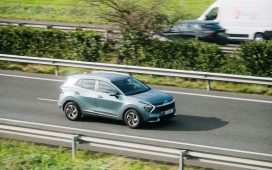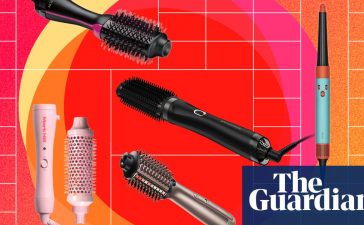China’s rapid adoption of new-energy vehicles (NEVs) is causing financial difficulties for insurers due to the inability to raise premiums enough to reach profitability under strict pricing rules [para. 1]. Despite charging significantly higher premiums compared to traditional vehicles, insurers are losing money on NEVs [para. 2]. For instance, Xiaomi Corp.’s debut NEV, the SU7, retails for 215,900 yuan ($29,735), but its insurance cost is comparable to that of a combustion-engine vehicle priced more than twice as much [para. 3]. This is mostly because NEV owners are found to be twice as likely to file a claim [para. 4].
NEVs are considered riskier to insure as their risk probability, or the likelihood customers will file a claim, is higher than traditional fossil fuel cars [para. 5]. Liu Shulin, president of the CIRI Auto Technology Institute, highlights several factors contributing to this elevated risk, including quicker acceleration, expensive repairs (especially for batteries), and their extensive use in the ride-hailing industry, which increases wear and risk [para. 7][para. 8][para. 9]. Due to these factors, some NEV owners find it difficult to renew their insurance policies if they drive extensively, with reports of insurance renewal denials for vehicles covering more than 20,000 kilometers in a year [para. 10].
As of the end of the previous year, NEVs made up 4.7% of vehicles on Chinese roads but accounted for over 8% of automotive insurance premiums [para. 11]. The number of insured NEVs surged from around 7 million in 2021 to over 20 million in 2023, with total premiums rising from over 30 billion yuan to nearly 100 billion yuan [para. 12]. Despite this growth, insurers are generally losing money due to the high loss ratio for NEVs, which includes losses from paid claims and associated expenses relative to premiums earned [para. 13]. The combined ratio for household NEVs ranges between 105% and 110%, and for ride-hailing NEVs, between 120% and 130%; ratios higher than 100% indicate losses [para. 17][para. 18]. For new-energy trucks, the combined ratio can reach up to 200% [para. 18].
Insurers are compelled to cover NEVs due to government policies aimed at supporting the industry, making it difficult to avoid unprofitable deals [para. 19]. The National Financial Regulatory Administration (NFRA) issued guidelines in April requiring insurers to proactively cover NEVs to assist China in achieving its carbon emission goals [para. 21]. Insurers could theoretically become profitable by increasing premiums, but current regulations cap premium increases [para. 23].
The autonomous pricing coefficient, which determines automotive insurance premiums, is governed by this cap [para. 24]. The NFRA has proposed reforms to grant insurers more flexibility by lowering the floor and raising the ceiling of the coefficient, which could help align premiums more closely with risk, leading to higher rates for high-risk NEVs and potentially lower ones for low-risk NEVs [para. 27][para. 28]. Despite this, some industry insiders argue that the new ceiling may still not be sufficient to cover all high-risk NEVs, recommending the removal of the cap altogether to prevent losses and ensure continuous coverage for NEV owners [para. 31].
AI generated, for reference only










